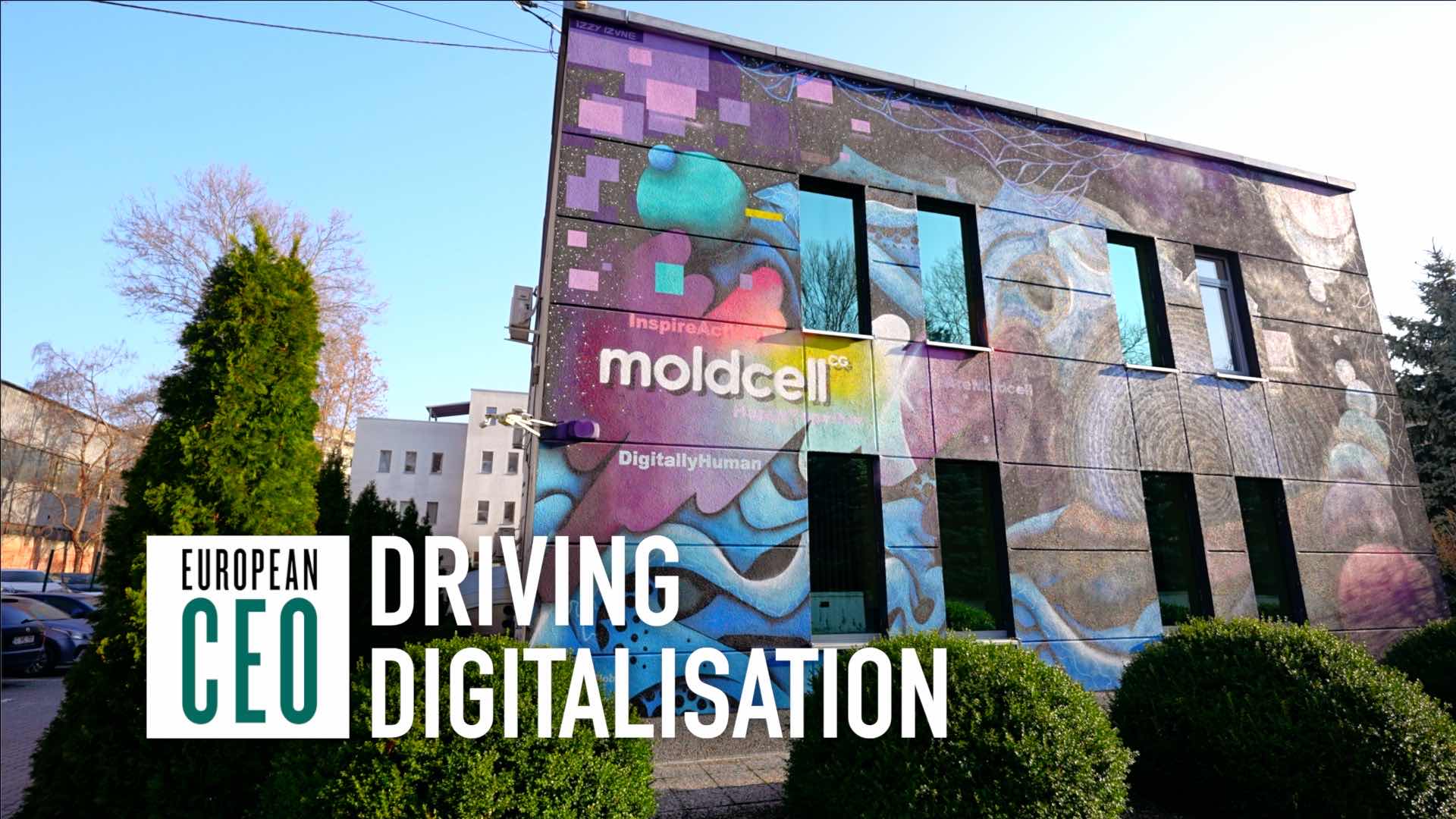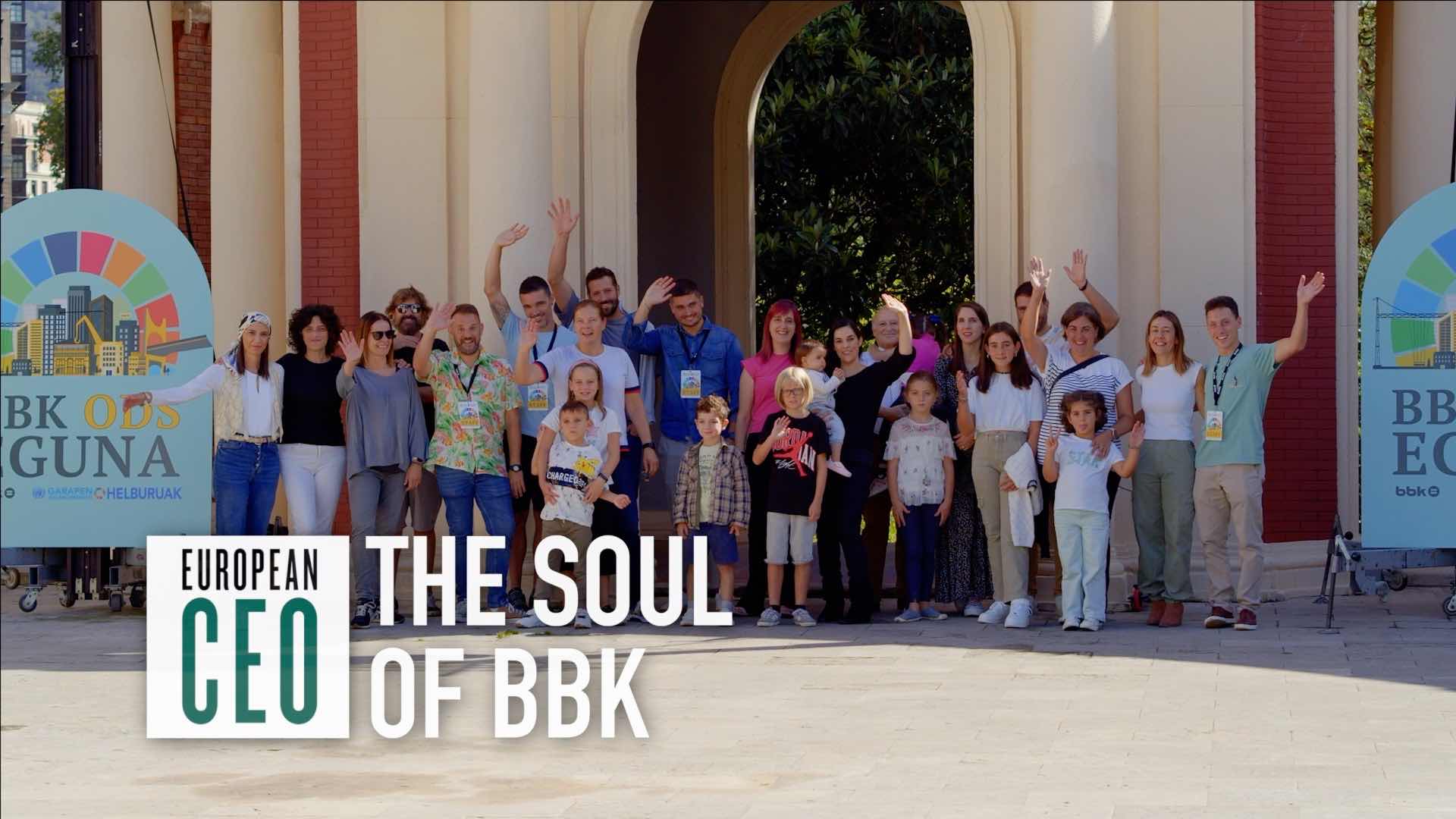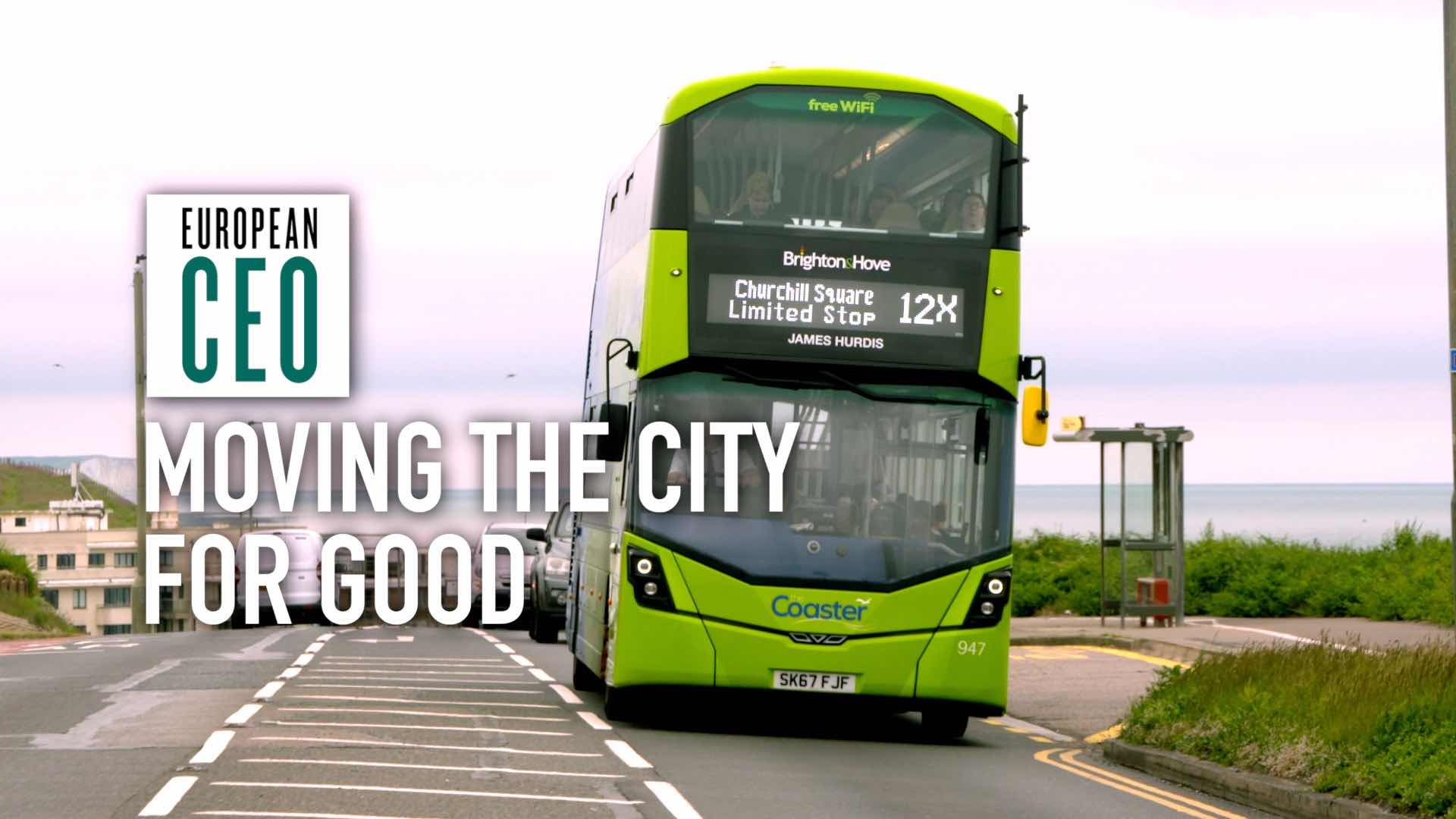Sustainable competitiveness: How BBK is building a better future for Biscay | Part One
'The current model needs to change: taking more into account employees, human and environmental health, [and] the resources we use,' says Xabier Sagredo
Transcript
For Xabier Sagredo, Chairman of BBK Fundacion, sustainable competitiveness is the future of society and our model of capitalism. It’s the guiding principle of his governance of BBK – which since reforming as a banking foundation after the 2008 financial crisis, has been a force for social investment in Spain’s Biscay region.
In this first half of our video series exploring BBK’s conception of sustainable competitiveness, Xabier outlines the history of the foundation, its tough but wise decision to maintain a controlling interest in Kutxabank, and how BBK’s latest disruptive art installation exemplifies the concept of sustainable competitiveness – by breaking Biscay’s most famous bridge.
Watch the second half of this videos series, where Xabier dives into all the different social projects BBK manages.
Xabier Sagredo: The BBK Foundation is a private banking foundation. Our purpose is to promote the economic and social development of Biscay, social well-being, and the paradigm of sustainable competitiveness.
Our work includes the control of Kutxabank, in which we own 57 percent of the shares. In addition, we carry out various sustainable investment actions, that in addition to having a positive impact, generates sufficient income to maintain and develop BBK.
But our main purpose is our social work. It’s the most extensive social project in Biscay, allocating the most funds per capita in the state, and includes a wide range of economic, social, cultural and environmental projects that promote the Sustainable Development Goals.
Strong foundations
Originally, BBK was a savings bank. We had more than one hundred years of history, with great management success and results. But after the 2008 financial crisis, a law was passed forcing savings banks to transform into banking foundations.
At BBK we wanted to maintain control of the financial entity, because doing so was the most favourable option for the bank and its shareholders, as well as its employees, suppliers, clients, and society in general.
This meant that we had to present a reinforced financial plan that included a reserve fund to meet possible future capital needs of the bank, as well as a diversification and risk management plan.
It was not an easy decision, but it was the right one:
- Today, Kutxabank is the most solvent bank in Spain according to the European Banking Authority.
- A recent study by the University of Deusto revealed that thanks to the decision not to go public, we prevented BBK from suffering losses worth €2bn.
- Today we are the first social work of the state by investment per inhabitant, with an average investment of €43m annually.
- And we have established the reserve fund required by law two years before the official deadline.
A better future
My presidency of BBK has been governed by the sustainable competitiveness model that aspires to generate the greatest contribution of value to all its stakeholders and the society in which it operates; embracing innovation, equal opportunities, quality and excellence as ways of differentiation.
Our latest art project, The Price to be Paid, seeks to represent our vision of sustainable competitiveness and the weight of our actions.
It’s called The Price to be Paid because: take a sustainable company and a non-sustainable company. Is it fair to compare the prices they charge? One will be lower, but at what cost to the workers, or environment, or society? It leaves a price to be paid.
The Biscay Bridge, created 130 years ago and a World Heritage Site, is a symbol of the progress of the Basque Country. We wanted to reflect on it, by ‘breaking’ a part of the bridge, how if we do not take into account this concept of sustainable competitiveness, our progress will fail.
The current model needs to change, taking more into account employees, human and environmental health, the resources we use, governance and transparency.
I work to achieve three challenges:
- The energy challenge: focused on optimisation and self-supply strategies.
- The digital challenge: putting the most innovative technology at the service of people.
- And the demographic challenge, to guarantee the well-being of the entire society, without leaving anyone behind.
All of this, with the 2030 Agenda roadmap, focused on building a prosperous, cohesive and sustainable Biscay.


 The Dream Job: How Moldcell drives digital and financial inclusion in Moldova
The Dream Job: How Moldcell drives digital and financial inclusion in Moldova Sustainable competitiveness: How BBK is building a better future for Biscay | Part Two
Sustainable competitiveness: How BBK is building a better future for Biscay | Part Two Go-Ahead Group: Moving the city for good
Go-Ahead Group: Moving the city for good